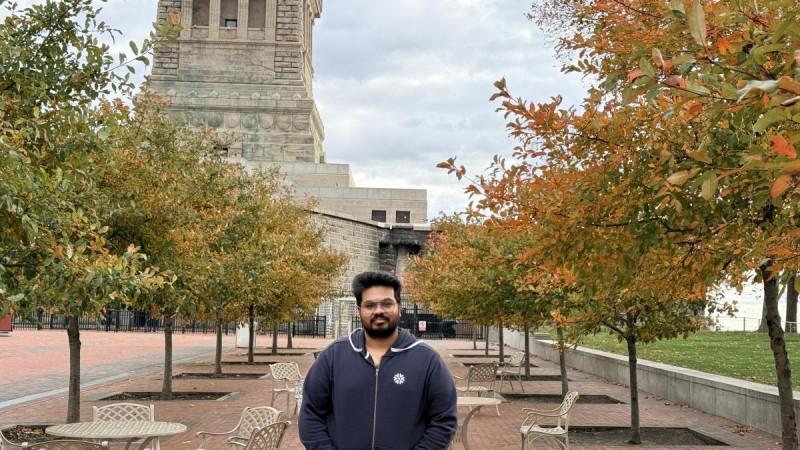
Mine closure today is no longer a simple case of switching off machines and shutting gates it is a highly data-dependent, eco-friendly process with regulatory accuracy, historical responsibility, and community safety in the long term. When mines are changing from operation to rehabilitation, the need for systematic, traceable, and clear data has become imperative. In this nuanced and dynamic discipline, automation and smart systems are arising as pivotal means to facilitate safe, sustainable, and compliant closure plans.
Amidst this revolution, data scientist Pramath Parashar has found a low-key but powerful niche constructing end-to-end automation solutions that enable closure teams to deal with environmental, legal, and operational data with unprecedented precision and speed. According to reports, one of his significant contributions has been architecting a document and metadata synchronization solution that merged more than 4,800 fragmented closure documents into SharePoint libraries with more than 95% accuracy on metadata and over 90% manual workload reduction. "The moment a document remains untagged or misfiled, it becomes a liability," Parashar shared, emphasizing the significance of automation that is not only efficient but traceable.
Having originated at the expert table, Pramath's research also carries out into environmental monitoring. He created a CTD (conductivity-temperature-depth) Processor App in Python and PyQt—a field-calibration tool that converts raw water quality data into model-suitable profiles. The system, once dependent on slow Excel processes, now processes datasets in seconds and contributes directly to tailings and water quality assessment for closure planning. Furthermore, as per the reports, his automated financial reporting engine parses complex environmental parameters like uranium, radium, sulfate and produces publication-ready Word reports, saving over 150 hours per reporting cycle and improving transparency across technical reviews.
These solutions have been designed solely from open-source tools and Microsoft 365 infrastructure, meeting low-capex objectives while continuing to meet enterprise standards. Indeed, the modularity and low-code nature of his systems have enabled non-technical users to clone and extend these tools department by department breaking bottlenecks in document processing, data interpretation, and compliance workflows.
Significantly, his efforts have had a quantifiable impact on the organization. Described as having facilitated a >70% decrease in reporting turnaround time, the introduction of reproducible data flows for regulatory readiness for audit, and supporting the instilling of long-term governance logic into mine closure documentation pipelines, Pramath's efforts have made significant contributions. "Sustainability in closure doesn't begin with modeling it begins with knowing where your data is and trusting it," he noted, echoing the building block that data quality is to closure integrity.
To this, his research experience adds to the richness of his applied research. With more than 25 solo-authored publications and five published IEEE conference papers, his research interests cross neural network optimization, visual statistical inference, and hybrid cloud analytics all of which overlap with his mine closure work. An example was compressing deep learning models for corrosion detection, achieving 90% sparsity for deployment on low-memory edge devices, a technique applicable to real-time environmental fieldwork.
According to internal reports, the biggest problems he worked on included unstructured legacy data sets, erroneous file references, and a lack of scalable environmental data processors. His breakthroughs such as applying geographic keys to consolidate Excel metadata with dispersed PDFs, and creating one-click calibration apps for the non-technical operator are now serving internal benchmarks for future digitization initiatives in environmental operations.
In the future, Pramath envisioned mine closure to move towards AI-driven reporting systems, edge-computing monitoring tools, and hybrid data ecosystems that integrate platforms such as EQuIS, SQL Server, Python, and Snowflake. "The mine closure future does not only consist of shutting down mines safely but making their histories accessible, transparent, and smartly managed," he concluded.
In a space that lies at the intersection of engineering, policy, and environmental management, Pramath Parashar's work provides a template for how digital transformation can establish closure processes that are not just compliant, but long-lasting.








